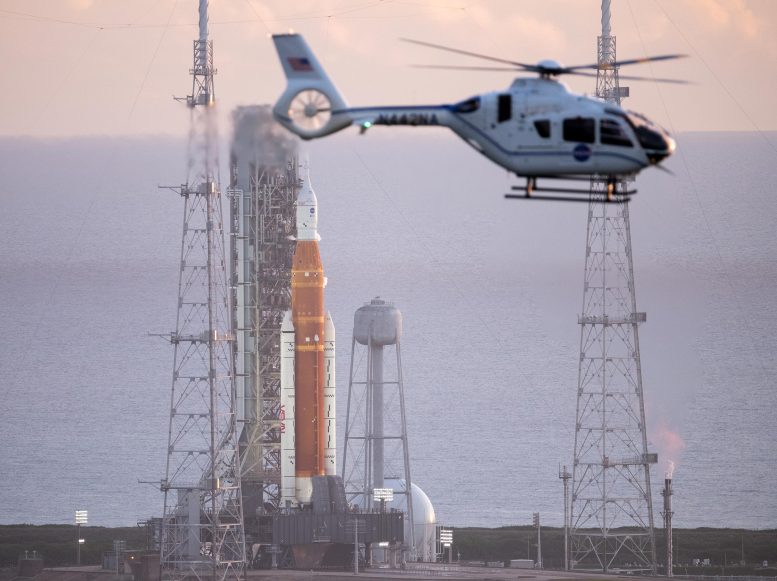
A NASA helicopter flies past the agency’s Space Launch System (SLS) rocket with the Orion spacecraft aboard atop the mobile launcher at Launch Pad 39B, Monday, August 29, 2022, as the launch countdown progresses at NASA’s Kennedy Space Center in Florida. Credit: NASA/Joel Kowsky
NASA will target Saturday, September 3 at 2:17 p.m. EDT (11:17 a.m. PDT), the beginning of a two-hour window, for the launch of Artemis I. It is the first integrated test of NASA’s Orion spacecraft, Space Launch System (SLS) rocket, and the ground systems at the agency’s Kennedy Space Center in Florida.
Mission managers met Tuesday, August 30, to discuss data and develop a forward plan to address issues that arose during an August 29 launch attempt for the flight test. During that launch attempt, engineering teams were not able to chill down the four RS-25 engines to approximately minus 420 degrees F. In particular, engine 3 showed higher temperatures than the other engines. Teams also saw a hydrogen leak on a component of the tail service mast umbilical quick disconnect, called the purge can. They managed the leak by manually adjusting propellant flow rates.
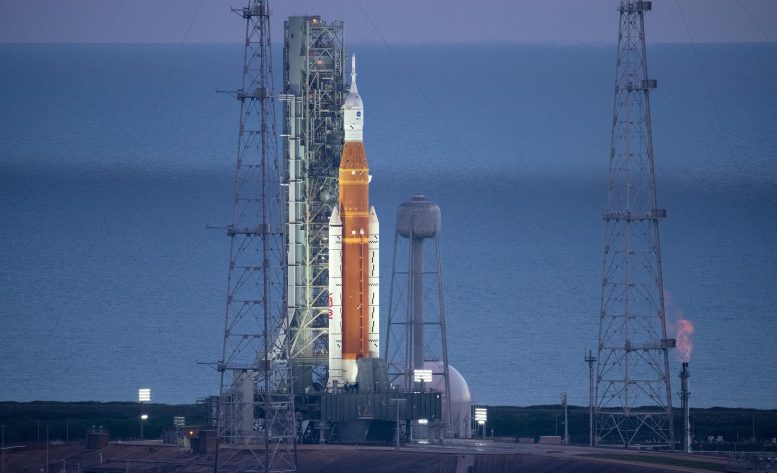
NASA’s Space Launch System (SLS) rocket with the Orion spacecraft aboard is seen at sunrise atop the mobile launcher at Launch Pad 39B, Monday, August 29, 2022, as the Artemis I launch teams load more than 700,000 gallons of cryogenic propellants including liquid hydrogen and liquid oxygen as the launch countdown progresses at NASA’s Kennedy Space Center in Florida. NASA’s Artemis I flight test is the first integrated test of the agency’s deep space exploration systems: the Orion spacecraft, SLS rocket, and supporting ground systems. Credit: NASA/Joel Kowsky
In the coming days, teams will modify and practice propellant loading procedures to follow a procedure similar to what was successfully performed during the Green Run at NASA’s Stennis Space Center in Mississippi. The updated procedures would perform the chill down test of the engines, also called the kick start bleed test, about 30 to 45 minutes earlier in the countdown. This would be during the liquid hydrogen fast fill liquid phase for the core stage.
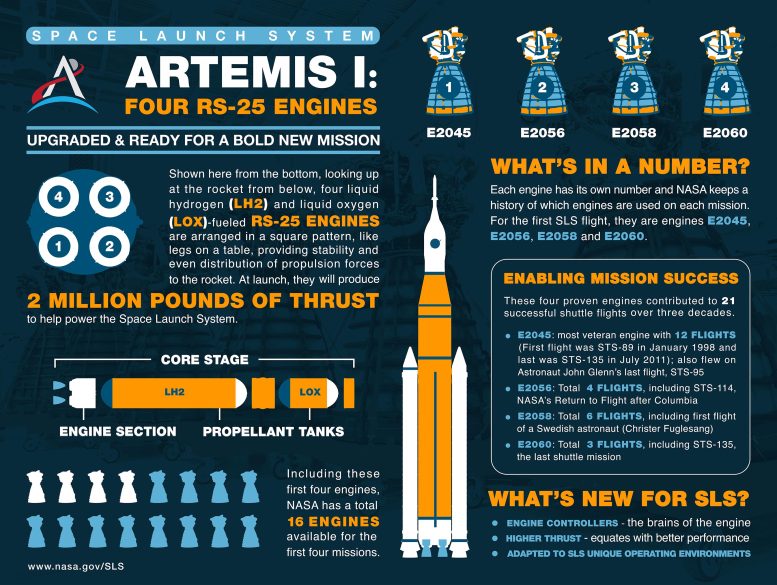
NASA’s new deep-space rocket, the Space Launch System (SLS), will launch missions powered by four RS-25 engines, reliable engines used for 135 shuttle missions. The engines have been upgraded with new controllers and other features for SLS. Each engine has a unique number that allows engineers to track its flight history. Credit: NASA/MSFC, Kevin Obrien
In addition, teams are configuring platforms at Launch Pad 39B to enable engineers access to the purge can on the tail service mast umbilical. Once access is established, technicians will perform assessments and torque connection points where necessary.
Meteorologists with the U.S. Space Force Space Launch Delta 45 predict favorable weather conditions for Saturday. Although rain showers are expected, they are predicted to be sporadic during the launch window.
The mission management team plans to reconvene on Thursday, September 1, to review data and overall readiness.



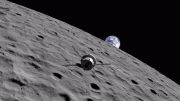
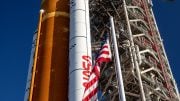
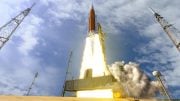
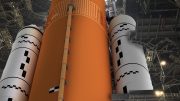
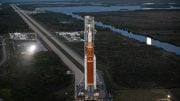
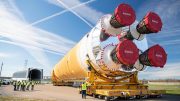
Be the first to comment on "NASA Targets September 3 for Next Artemis I Moon Mission Launch Attempt"